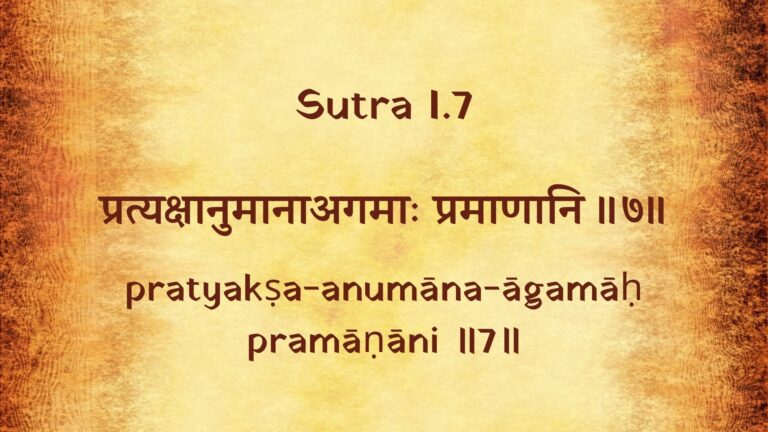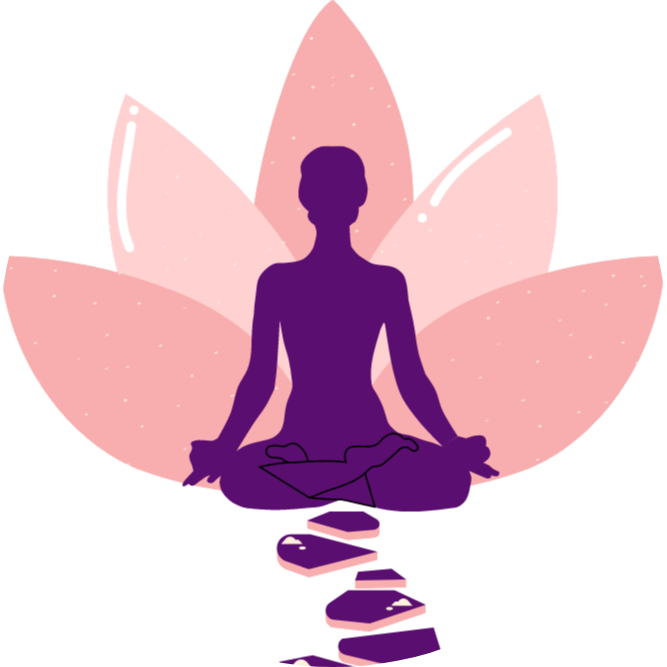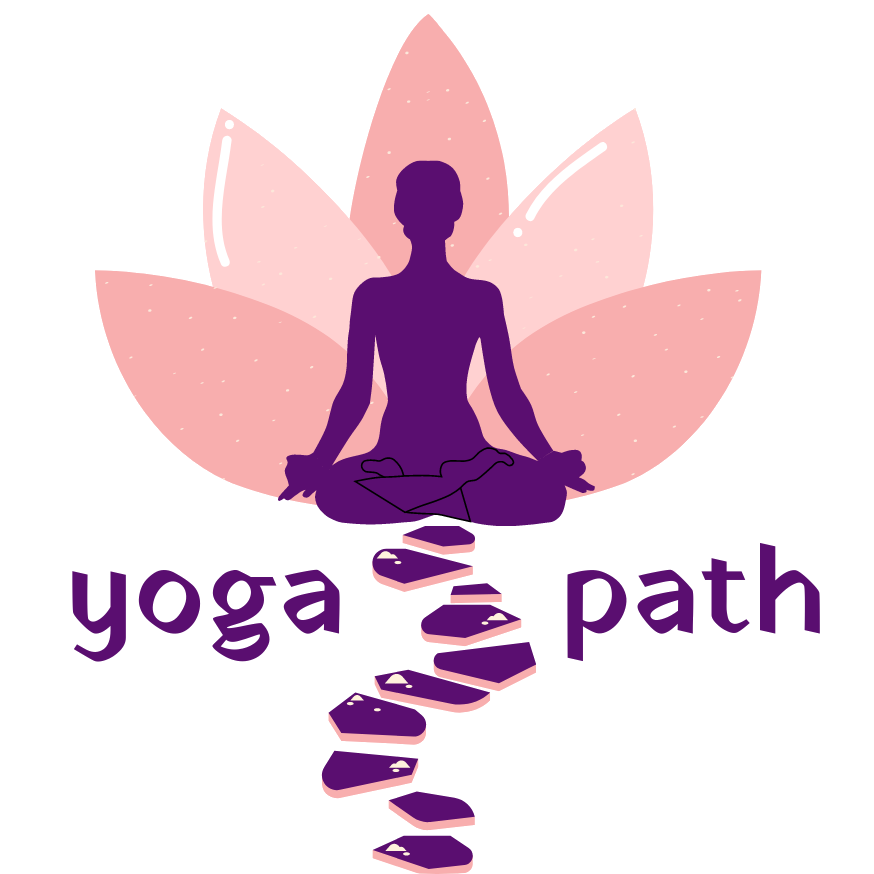Learn Yoga Philosophy
Yoga Sutra I.7

प्रत्यक्षानुमानाअगमाः प्रमाणानि ॥७॥
pratyakṣa-anumāna-āgamāḥ pramāṇāni ॥7॥
Direct cognition, inference and testimony are the sources of knowledge.
Yoga Sutra 1.7 looks at the sources of Pramana or Right Knowledge that was the first of the fivefold modifications of the mind that was listed out in Yoga Sutra 1.6
- pratyakṣa: direct cognition, sense evidence
- anumāna: inference
- āgamāḥ: testimony from scholars in form of documentation, revelation
- pramāṇāni: the sources of right knowledge
Pramana which may be translated approximately as right knowledge or knowledge related to facts, comprises all those experiences in which the mind is in direct or indirect contact with the object of the senses. The mind perceives both right and wrong knowledge. This sutra mentions three means of sourcing Right Knowledge and these are sense evidence or direct perception, inference and testimony.
Pratyaksha i.e. direct perception or sense evidence is when you see something with your own eyes or hear something with your own ears, or witness something with your own presence. Whatever we see and feel, is proof, if there has been nothing to delude the senses. For example, we see a train and that is sufficient proof that it exists.
Anumana or inference is based on sound reasoning, when you know out of your experience, and logic which cannot go wrong. Here, you see a sign, and from the sign you come to the thing signified like when you see smoke, you know there is fire.
Agama or testimony is reliable sources which is either documented or heard by people you can trust. Documented evidence could be scriptures like the Vedas which are seen as an authority of many subjects such as music, philosophy and yoga. Similarly, a testimony of a person of authority such as the direct perception of the Yogi, of those who have seen the truth.

